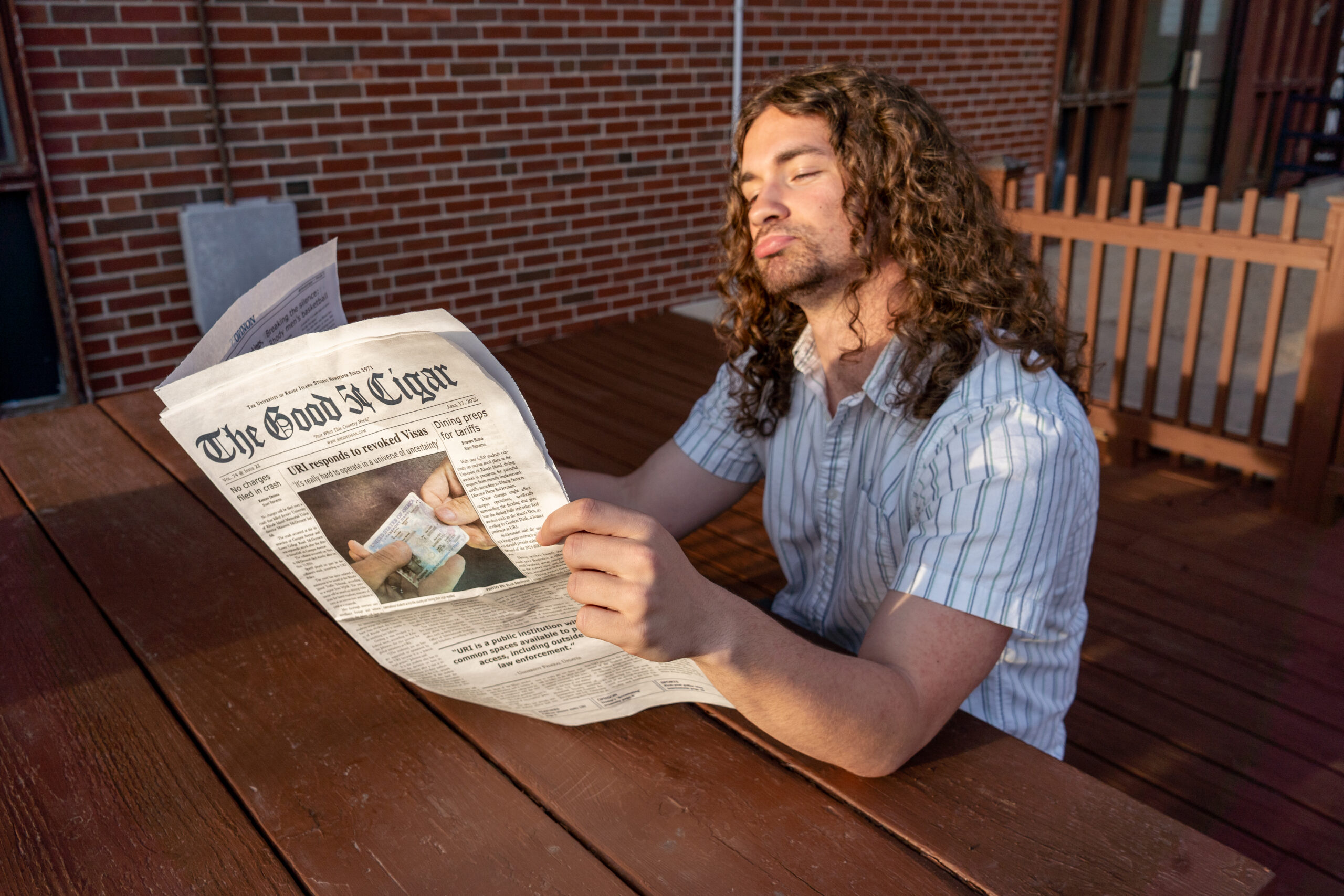On February 28th, URI Professor Donna Hughes published an online opinion piece that claimed to rely on “science and medicine” to cast judgement on trans people and the communities who support them. Condemning trans people as victims of what she refers to as a “trans-sex fantasy” led by a sinister “gender identity movement,” Hughes equates them with delusional supporters of the Q-Anon cult. As a scholar of the history of sexuality and gender, I find such accusations to be both out of step with the most recent scholarship on gender and sexuality and a troubling attack on the URI community and its values.
Hughes’ article distorts factual evidence. She declares herself a believer in “science and medicine,” but ignores the work of physicians, medical ethicists, and others with expertise in trans health issues. Her characterization of surgical and other options for gender confirmation do not reflect the reality of a diverse trans community in which many explore different choices, including social transitioning, embracing a nonbinary identity, remaining on puberty blockers long-term, seeking only top surgery, and many more. The narrative of full surgical transsexualism that Hughes relies upon, based on the work of John Money and others at The Johns Hopkins Medical Institutions in the 1960s, is outdated.
Hughes’ portrayal of trans people as potential threats reverses the documented evidence that in the United States, trans individuals and communities are overwhelmingly the targets of violence, rather than the perpetrators. Recent peer-reviewed research from the CDC confirms that this is especially true of trans high school students, in the same age range as most of URI’s undergraduates.
Most relevant to my own field, Hughes misuses the past and relies on narratives with a long and ugly history. Despite Hughes’ presentation of trans youth as an alarming new trend, both youth and adults who identify in some way as what we now call trans have existed for a long time. So too have the arguments about privacy, safety, and sexualized threat that Hughes repeatedly invokes. When Hughes states that women and girls today “are expected to give up their places of privacy” including “restrooms [and] locker rooms,” it is an argument with ugly underpinnings. Legal battles over restroom access have been central to coverage of trans issues and conservative thinkers have long viewed access to public spaces and accommodations by members of marginalized groups as a potent threat.
For historians, Hughes’ location of restrooms as places in which transwomen lurk to attack “real” girls and women is an unwelcome reminder of how often this trope was used by opponents of integrated workplaces, segregationists bent on attacking civil rights initiatives, and opponents of the Equal Rights Amendment. Labor scholar Eileen Boris notes that during WWII-era workplace struggles “the toilet and bathroom, places for the most private bodily functions, became sites of conflict; their integration starkly symbolized social equality.” Historian Phoebe Godfrey similarly reminds us that during the 1957 battle over the desegregation of Central High School in Little Rock, Arkansas, segregationists “issued declarations that white schoolgirls were under attack,” deploying “a racialized language with powerful sexual overtones” to stir up an oppositional base. Later, a major theme of 1970s attacks on the defeated Equal Rights Amendment was the charge that it would subject women to attacks in restrooms. These baseless accusations of harmful intent — still used today to demonize gay, trans, and non-binary people — carry with them an ugly legacy of false and inflammatory rhetoric. Similarly, when she invokes feminist thinkers of the 1970s as pioneers betrayed by the newfangled “trans-sex fantasy,” Hughes shows little historical understanding of the complexity and diversity of second-wave feminist thought, which offered a far broader vision of gendered and sexual possibilities than her characterization would indicate.
Hughes’ article does not begin to meet the most basic standards expected of a responsible scholar. Precision and accuracy are just as – if not more — important when writing informally for a lay audience as when addressing a professional one, and Hughes’ neglect of this is an embarrassment to URI as an institution. Listening to the voices of actual community members is the bare minimum necessary for any commentary on a group, and I urge Hughes to do so, perhaps through sites like the GenderCool Project, a site for trans youth and their families. Further, I encourage Dr. Hughes to educate herself on these issues and their history, by reading the resources I have linked to here and consulting the works referenced in the online Trans* Studies in Higher Education Syllabus.
Out of concern for community members whose histories and whose very existence Prof. Hughes slights, as well as for the scientific, historical, and other evidence that she ignores or misinterprets, I reject Hughes’ false and manipulative narratives about trans people. Prof. Hughes has academic freedom and thus has every right to disseminate her work. The same principles mean that others, in turn, have the right – and in this case, the responsibility – to critique her work as shoddy, uninformed, and lacking academic rigor. I affirm my commitment to respect both the diversity of people and careful, attentive scholarship, and encourage the URI community to do the same.



